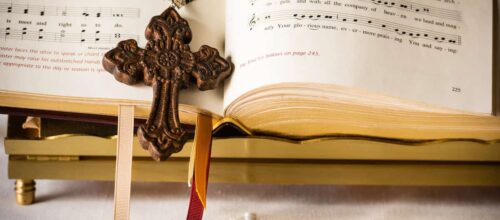CTCR Library — LCMS Doctrinal Statements
The LCMS Commission on Theology and Church Relations has archived three historic yet timeless documents: C.F.W. Walther’s "Theses on the Ministry," a "Brief Statement of the Doctrinal Position of the Missouri Synod," and "A Statement of Scriptural and Confessional Principles."


